Notes
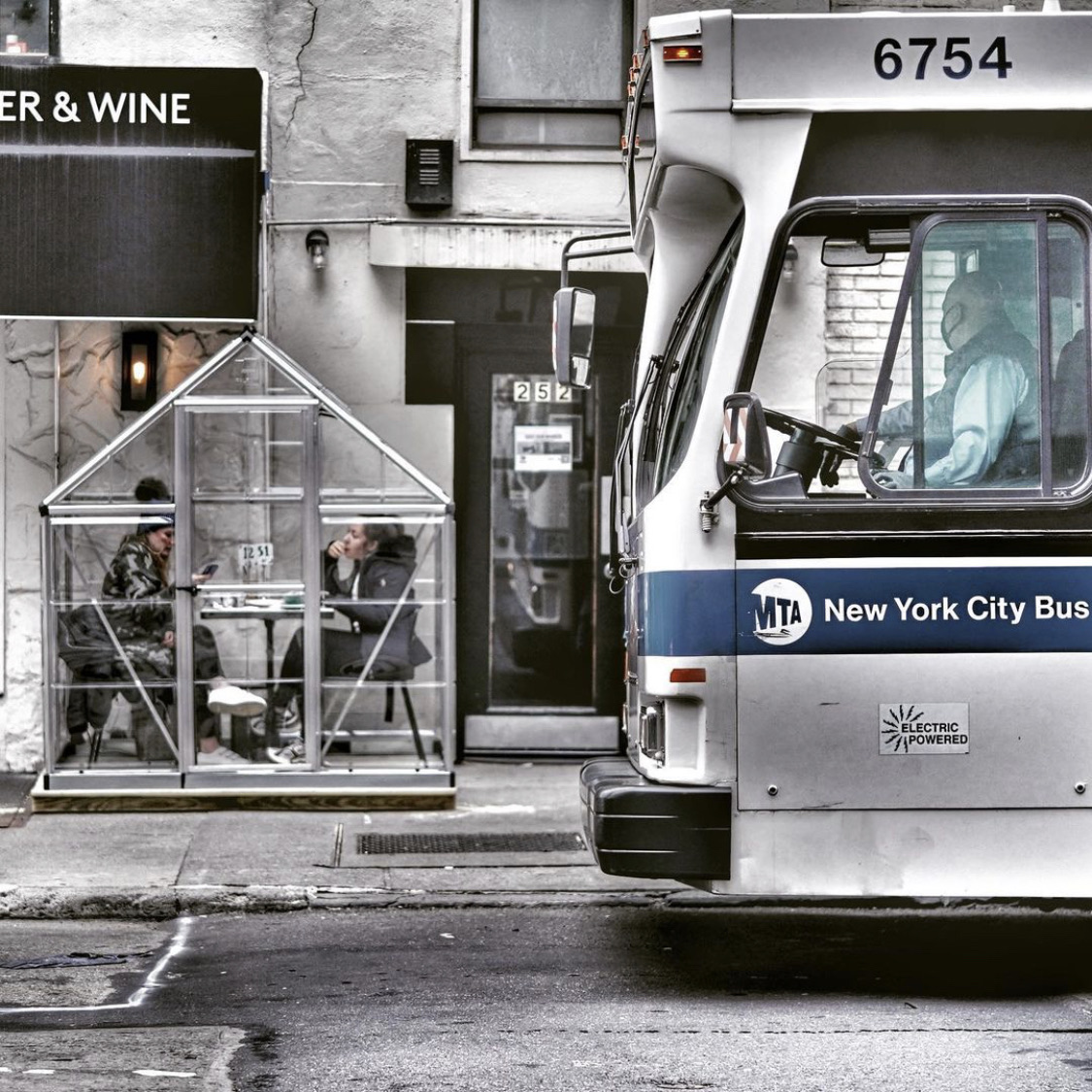
Photo: Timothy Clary
Caption: Fine Dining.“People having lunch in their private cabana in Midtown NYC. January 5, 2020.
The Halfs and the Half-Nots
How photojournalism is mirroring split-screens and split societies.
by Michael Shaw
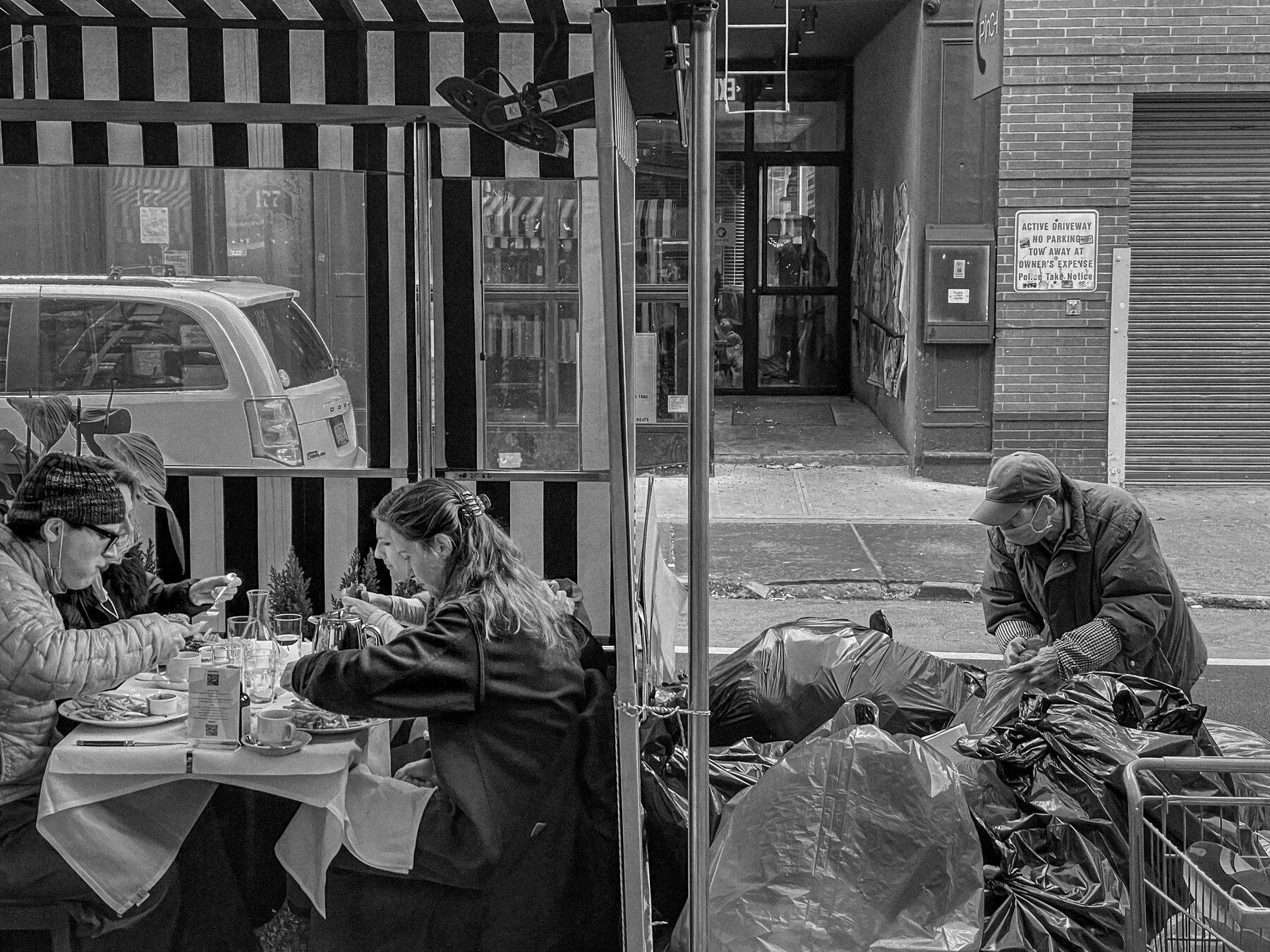
Caption: Dining out in SoHo. DEC. 6, 2020.
Given how much we’re glued to screens and windows all day, it’s no surprise how much photographs echo the effect. Pandemic photos by Timothy Clary and Ashley Gilbertson very much operate like split screens.
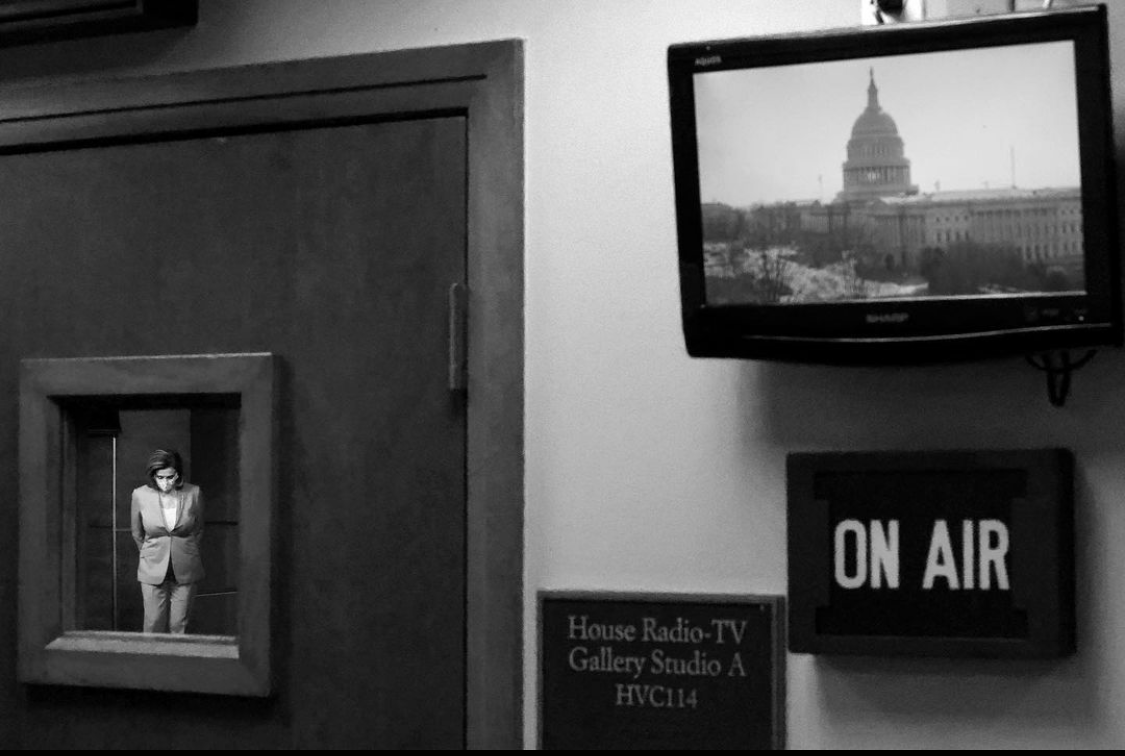
Caption: Speaker of the House Nancy Pelosi (D-CA) and US Vice President Kamala Harris worked to pass the American Rescue Act, connected with people through screens and continued to onboard Biden Administration members, all while observing COVID protocols.
And Chip Somodevilla’ impressionistic photo of Nancy Pelosi is not just an imaginary split frame but literally a frame of frames.
The Clary and Gilbertson photos, however, use opposing slices of life as biting social commentary, hard evidence that we’re NOT all in this together. Eating out has been a longtime hallmark of leisure and entertainment. But the experience–especially at more posh New York venues– has served as an island of exception and privilege in the plague.
Clary’s photo is more than a one-liner, however. That’s because it also drives home the plight of front line workers, disproportionately people of color. The way the driver’s gaze lines up with the other glass-and-steel enclosure sets up a judgement about how “the other half” lives. What’s also ironic, given how thoroughly the rich have gamed the system, is the scale and power of that bus to level the little glass house if it wasn’t for the invisible divide.
I should add that the restaurant send up and the split screen effect has also been popular in the pandemic year to amplify other social disconnections. For example, racial justice and even anti-lockdown protests have proven irresistible as gotcha juxtapositions. This viral tweet provides another forum for judgement when there is such fraying in the social fabric.
there are two americas: one fights for black lives and the other fights for brunch pic.twitter.com/TFNsKghfmR
— ziwe (@ziwe) May 31, 2020
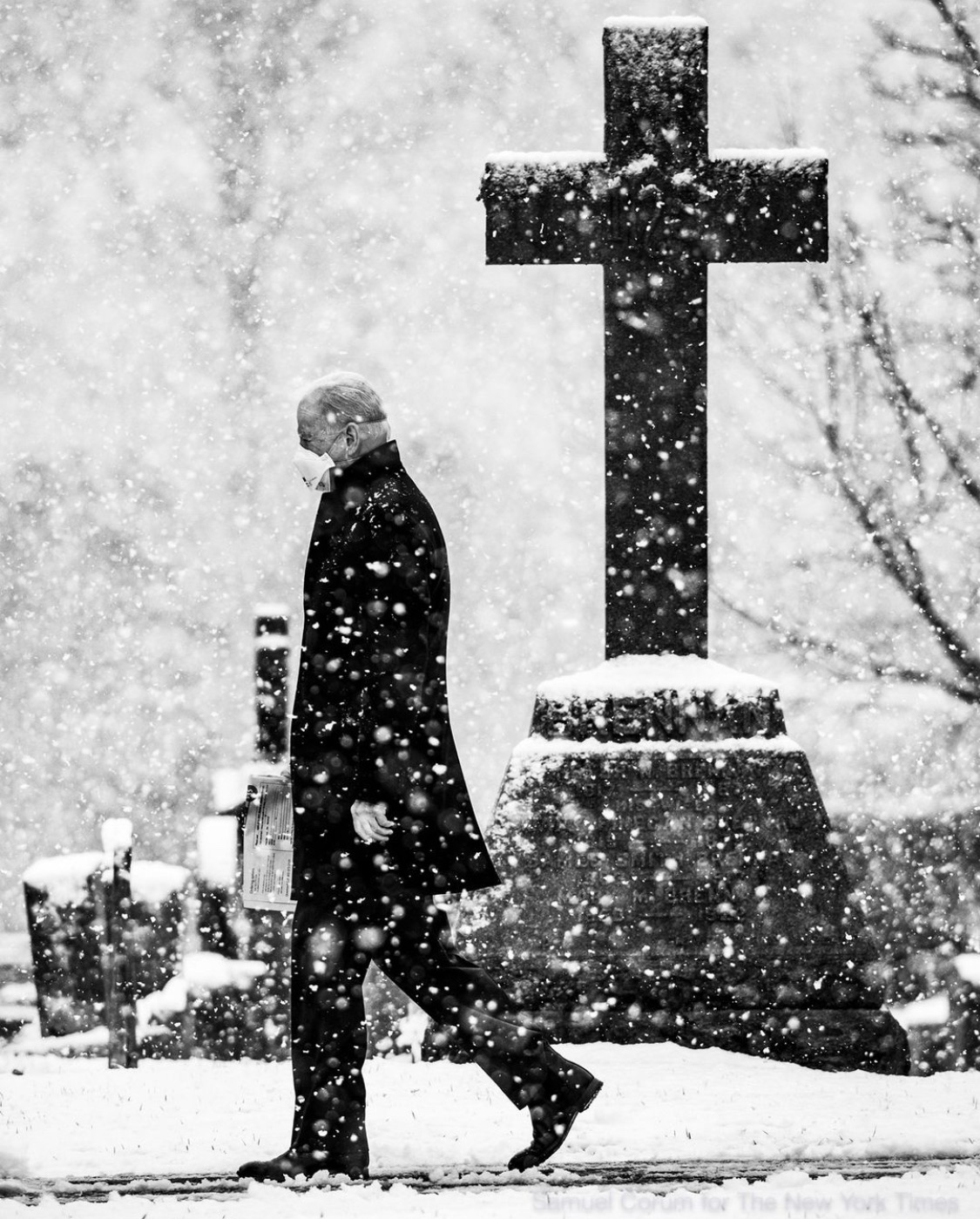
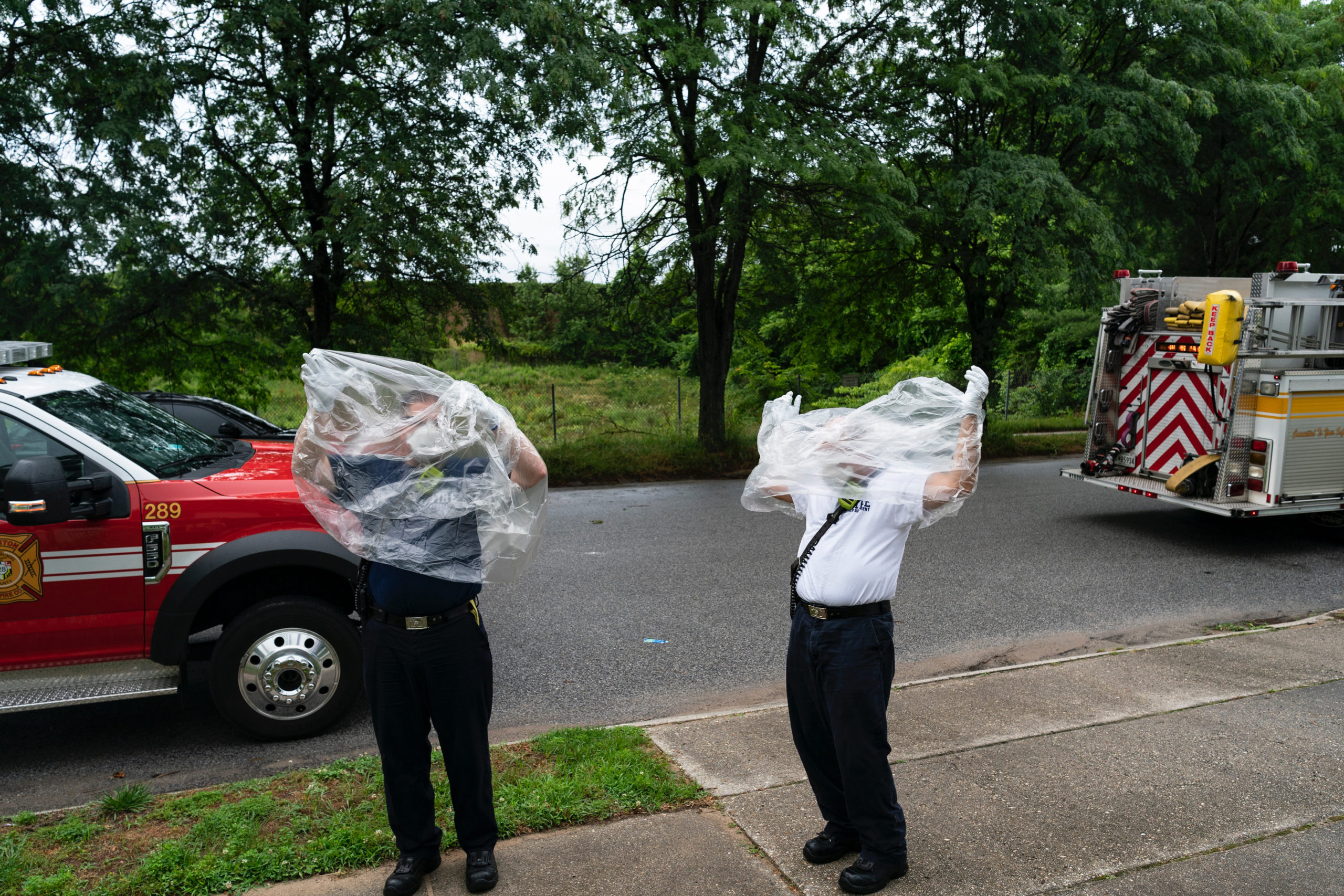
Reactions
Comments Powered by Disqus